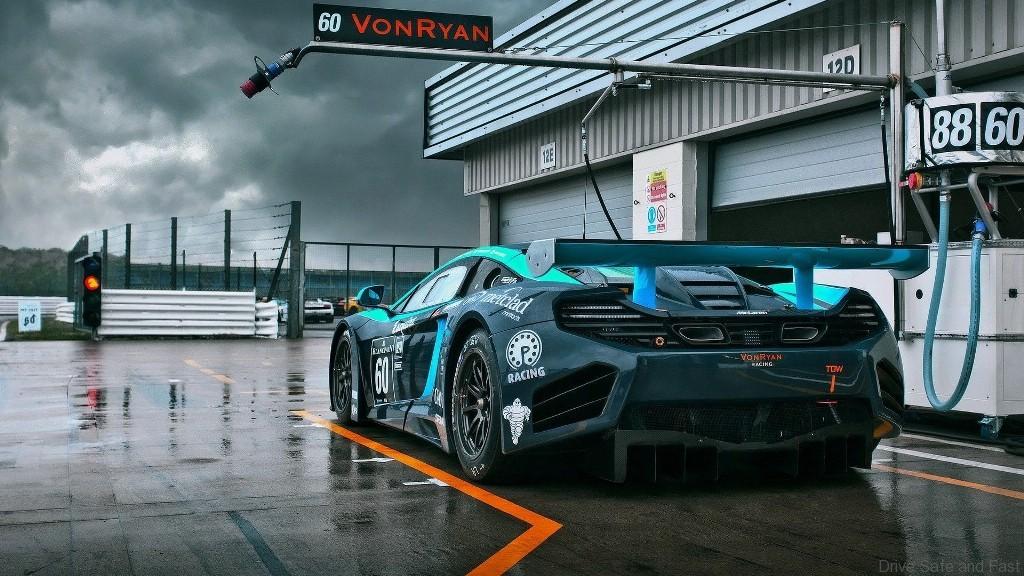This year, McLaren Racing celebrated 51 years since its founding, amassing eight constructors’ championships and 12 drivers’ titles on the way – the highest winning ratio of any team ever. Higher even than Scuderia Ferrari, despite the Italian outfit’s 16-year head start.
Bruce McLaren came from New Zealand. Under the wing of “Black Jack”, an astonishing Formula 2 victory in 1958 at the Nürburgring followed by a win in Casablanca propelled Bruce into John Cooper’s good books – his illustrious new boss even suggested that the youngster should assemble his own car.
Finishing second in the Autosport F2 championship first time out must have helped endear McLaren to the team. At the race of races, the Monaco Grand Prix, Bruce drove a 1.5L, rear-engined Cooper, while his competition benefited from more powerful 2.5L motors, yet with finesse and talent, the chequered flag waved his F2 car home in second place. Europe, and the world, would remember the young Kiwi’s name.
Immediately, Cooper promoted him to the sport’s top-tier class of racing and, near the end of the 1959 Formula 1 season, the 22-year-old McLaren’s consistent results at the front of the pack, dicing with his teammates Stirling Moss and Brabham, cemented his status as a world-class driver. He was especially noted for his deftness behind the wheel of the rear-engined Coopers, which were particularly tail-happy.
Brabham and McLaren now spent as much time in the drawing office as behind the wheel. Cooper’s underpowered and unreliable Coventry-Climax engines would necessitate all their car engineering genius and Black Jack would finish the year lifting his second championship trophy. In 1961, however, Brabham abruptly left the Cooper team, so Bruce started the 1962 season as the number one driver.
At the Zandvoort opener in the Netherlands, McLaren set the fastest lap and, at Monaco, the Kiwi won his second career grand prix, not including two additional victories in non-championship rounds at Goodwood and Reims. But his engineering influence was starting to be less felt in the Cooper team, as the team’s owners wanted more authority in the design. Behind his boyish smile, Bruce was starting to mature.
The following year, Bruce founded McLaren Racing Limited and initially concentrated on sports-car racing and the ultra-competitive world of Can-Am in North America. These cars were essentially F1 bolides with enclosed wheels and little rules to hold designers back. No wonder, then, that with 600-plus-horsepower, they lapped contemporary circuits two or more seconds quicker than F1 cars.
In 1967, McLarens were victorious four times and, in 1969, the orange monsters demolished the field with 11 out of 11 wins. In between, Bruce even found time to win the 24 Hours of Le Mans in a Ford GT40, in the race’s closest-ever finish, mere inches ahead of the sister car of the Englishman Ken Miles.
Scoring Cosworth’s legendary DFV engine for 1968 – a V8 that would go on to power McLaren grand prix cars until 1983, before turbochargers took over – finally demonstrated the New Zealander’s engineering talents, as the new M7A car (co-designed by Robin Herd, of Concorde fame) took Bruce to victories at Brands Hatch and Spa-Francorchamps. Further wins bagged the McLaren team its first real achievement, with second place in the constructors’ table behind Lotus.
His team picked itself up and won nine out of 10 races that season. Four years later, the grand prix squad began its glorious ascent and the trophy cabinets started overfilling. The Brazilian Emerson Fittipaldi gave McLaren its first drivers’ championship title in 1974 and, from the 1980s to the early 1990s, the team dominated with seven drivers’ crowns and six constructors’ titles, pioneering mainstay technologies like carbonfibre construction. Its 1988 MP4/4 chassis epitomised McLaren excellence by winning all but one grands prix of the season and is still regarded by many as the greatest F1 car of all-time.
The humble British team with New Zealand roots is today a group of successful companies, supplying the entire F1 grid with electronic control units and revolutionising the world of production supercars with McLaren’s MP4-12C and P1 hybrid hypercar, the latter of which has just set a lap time at the Nürburgring that would have put the machine on pole position in a 1970s grand prix.
As McLaren said: “I feel that life is measured in achievement, not in years alone.” Half a century later and the achievements still keep coming.






